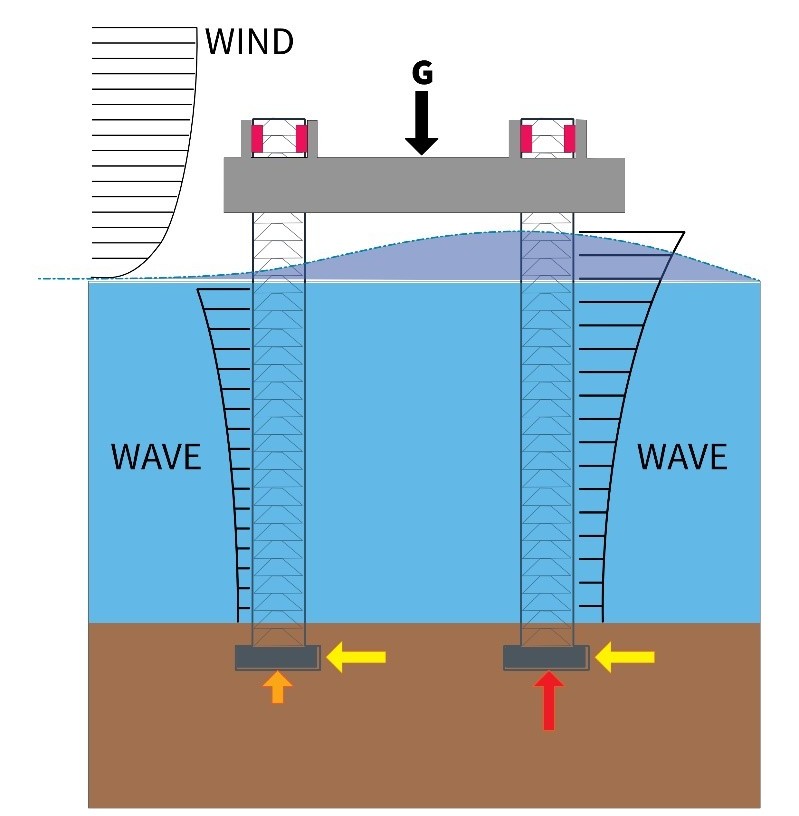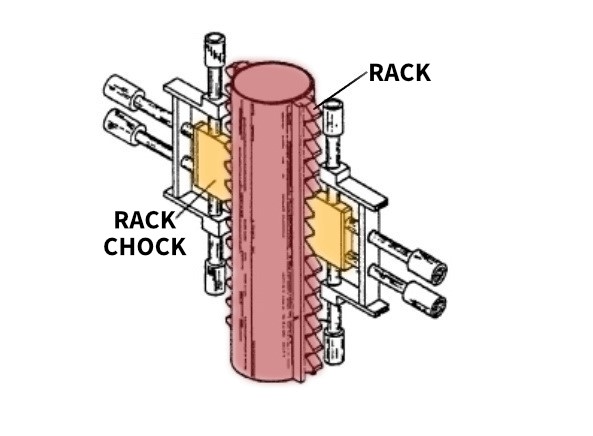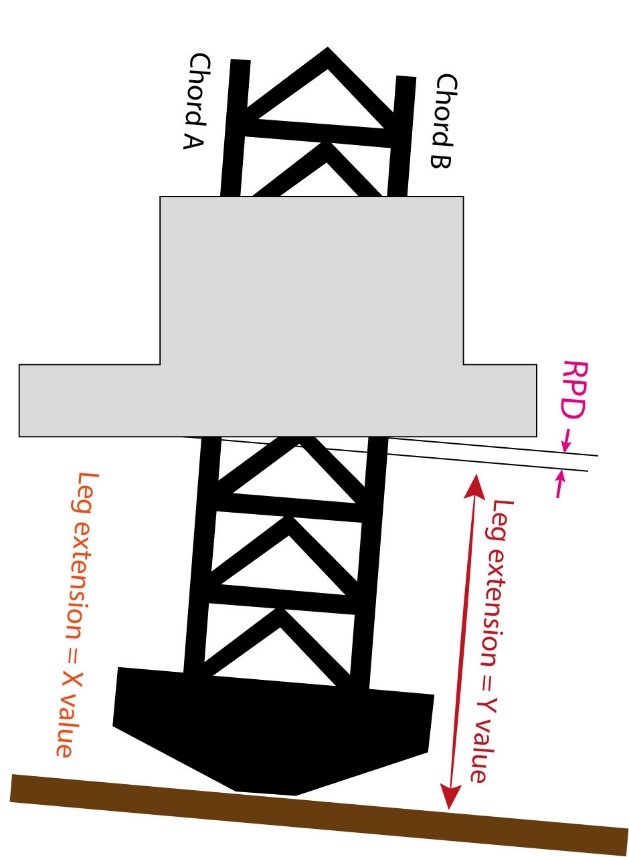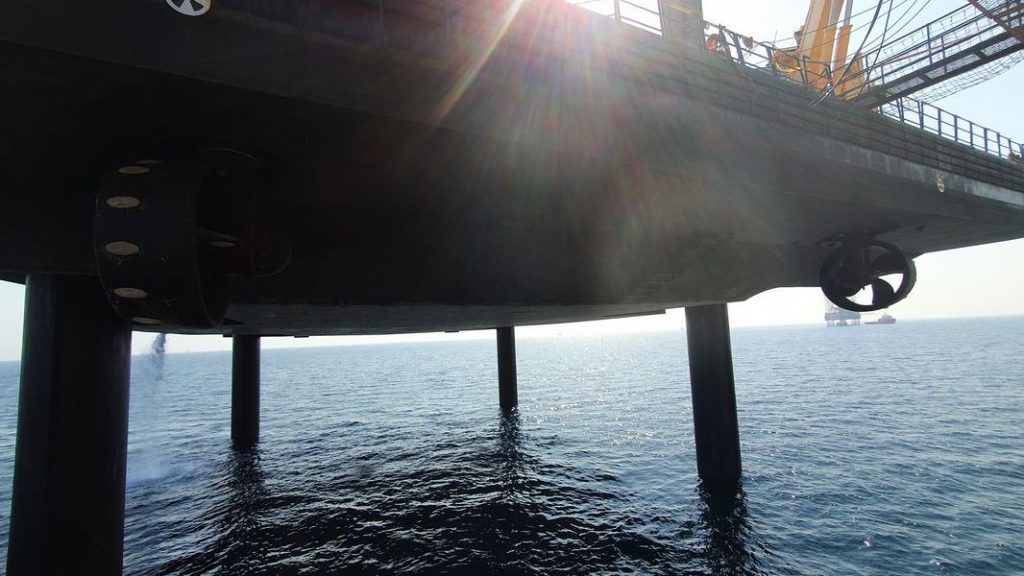Adverse forces
When a jack-up vessel is elevated, it is subjected to various adverse forces that need to be considered. The legs of the jack-up barge play a crucial role in resisting these forces and ensuring the stability. Wind and sea: When the barge is elevated, it is exposed to the forces of wind and sea. The […]



